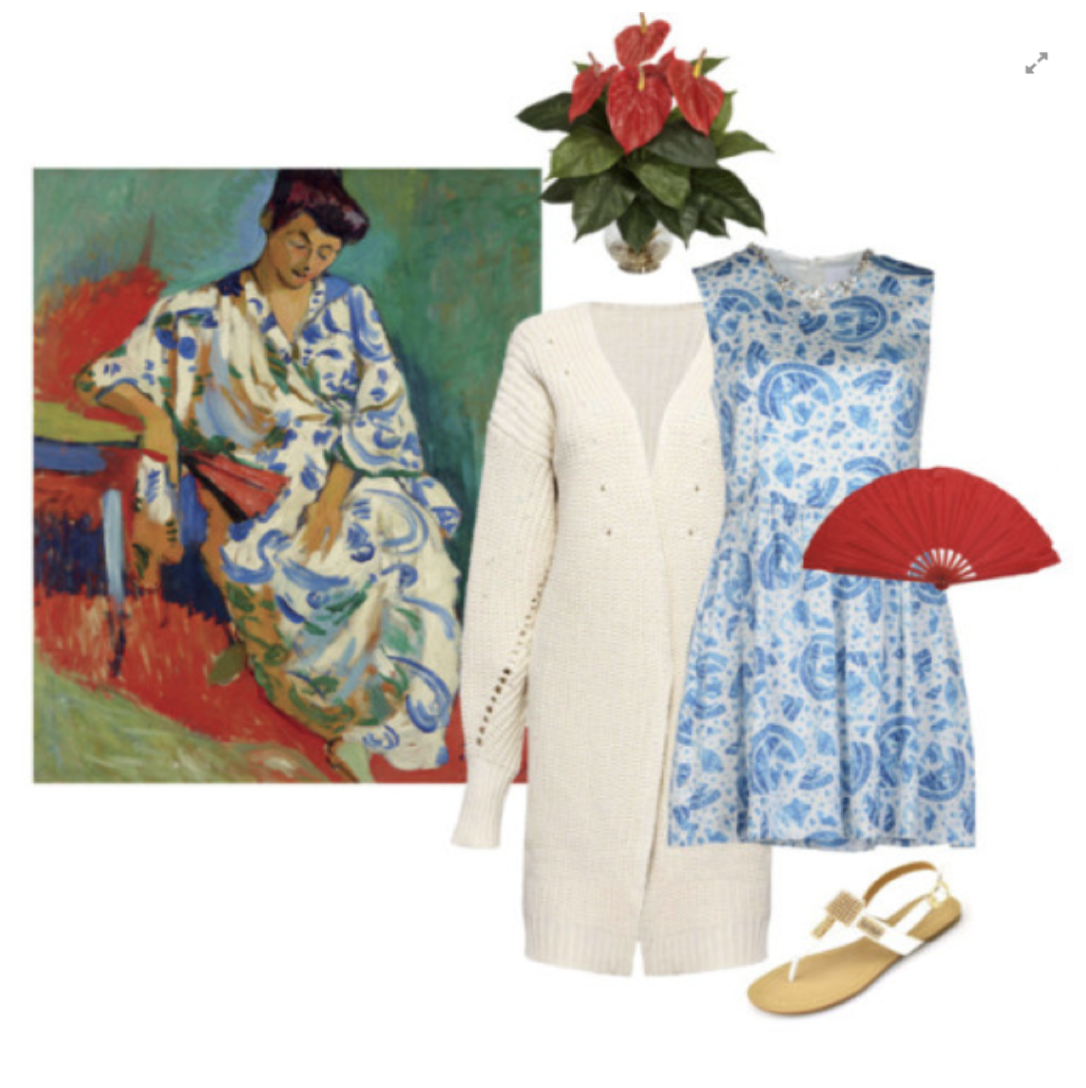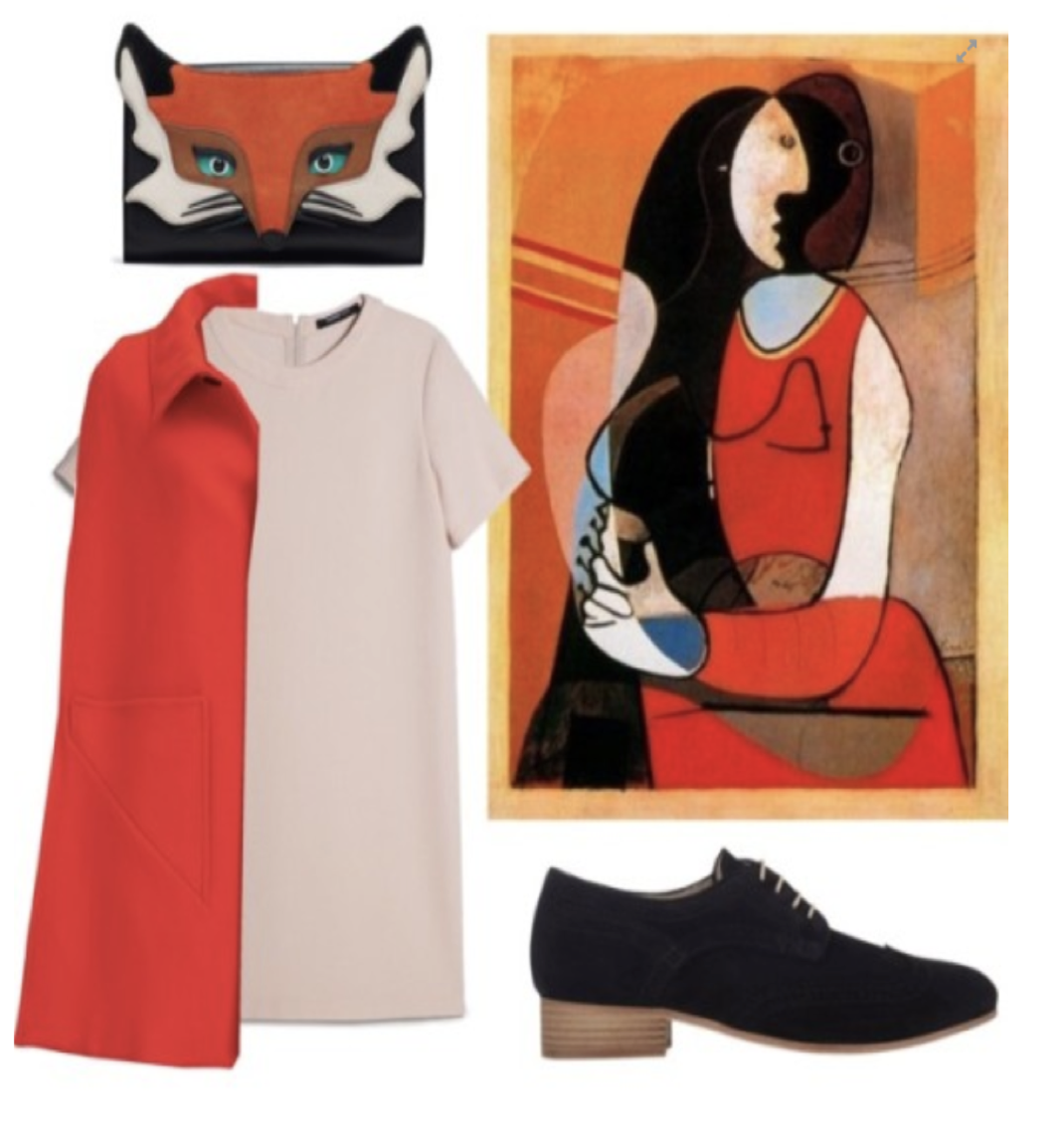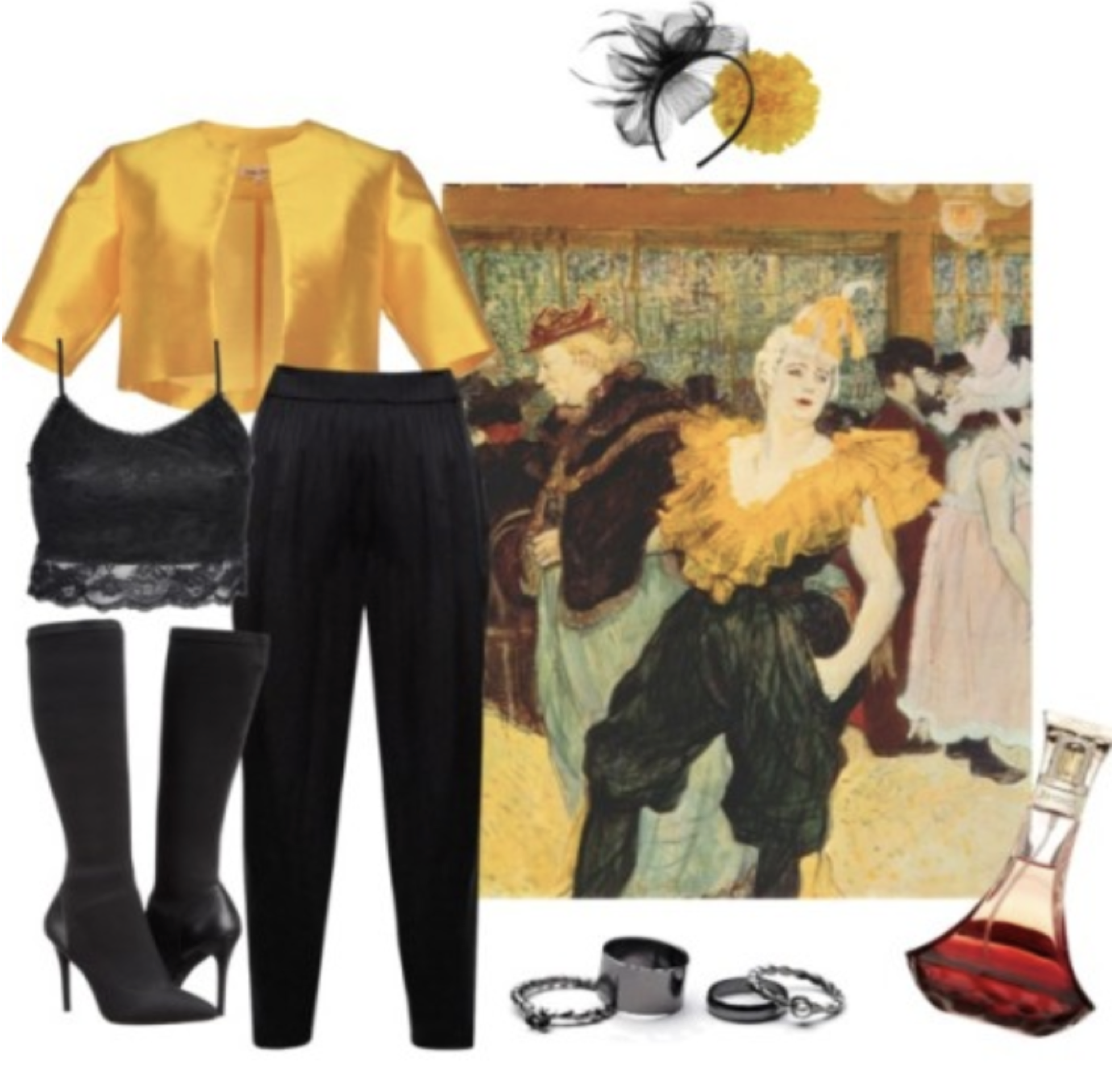In Memoriam: The Internet Tool That Shaped Me
If the comments under the Instagram post announcing the acquisition are any indication, people are sick over the seemingly sudden folding of Polyvore, a fashion community and visual creative tool, into SSENSE, a luxury ecommerce shop.
It appears that the crux of users’ dismay lies in what’s been lost: essentially an entire online community. Options are being offered for users to download their old content, but it has not been smooth. Arguably, the core of Polyvore’s draw was its free visual tool. It allowed any fashion admirer, regardless of income, fashion status, or even design talent to create visual collages based on their style preferences, and immediately publish them directly to the site or their favorite social platform.
What emerged was a positive, likeminded community joined together in creativity. Unlike other social platforms, it was free of daily news, politics, spam, bots, or relatives. It didn’t highlight what anyone ate that day or care about the aesthetics of your vacation photo. It simply thrived on what people felt inspired by.
It’s been a few years since I last used Polyvore, and I think back on the experience with nostalgia—the way you do of life moments that, in hindsight, turned out to be defining.
It was about to be winter in New York, and my entry-level copywriting job had left me feeling creatively stifled, and worse, uninspired. I was coming up on a year at a digital advertising startup in Manhattan’s vexatious Midtown West, but months of ongoing administration shake ups and questionable job assignments had left me uncertain of my next move.
Like so many in their early twenties, I felt trapped in limbo. My rent and student loan dues were just barely covered by my modest salary, which meant my daily lunch fare consisted of peanut butter, strawberry jelly, and 2 slices of wheat bread. Quitting wasn’t an option, and recruiters weren’t exactly knocking down my inexperienced door.
During a particularly slow morning at work catching up on a writer friend’s latest articles, I learned of a site called Polyvore. My friend had used it to easily create a graphic that displayed and linked to the clothing items she’d written about.
I was intrigued enough to find a way to weave it into my own assignments (and desperate for something to help me make it to 5 o’clock). I’m a visual artist by trade, so I used the tool to create a cover image for a short puff piece on celebrity fashion trends. By the time I left the office that day, I was hooked.
Though I’d been drawing and writing since I could hold a pencil, my life as an artist began during art class my freshman year of high school. I learned how to paint by recreating the works of the impressionists—Degas, Monet, Renoir, Cassat, Morisot. Then I learned of post-impressionism—Matisse, Gaugin, van Gogh, Toulouse-Lautrec—which felt like a fresh blood transfusion followed by fine champagne.
I had always felt drawn to fashion and style, but I was never particularly confident in expressing myself through clothes. This had a lot to do with body image, but was also affected by price tags, an eclectic palette, and the ol’ problem of nowhere to go. Not to mention that after twelve years of Catholic school, I’d become accustomed to the low-pressure life of a mandatory uniform. There was no decision-making involved in my daily attire that could potentially attract or repel new friends—my personality would have to do there.
Within the confines of this new tool, however, I found myself with a freedom of choice that wasn’t daunting, as I assumed it would be, but actually liberating.
There was an immediate sense of autonomy when using Polyvore—I didn’t have to follow a prompt or ask for my boss’ feedback. I was free to pair an expensive leather bag with a simple linen shift dress and let the look live where it was, affecting me however it pleased.
It wasn’t long before I was putting together a few new outfits every day. I loved perusing Polyvore’s vast library of garments and accessories, saving the items that spoke to me without a care for the price tag, or whether or not they had my size in stock. The excitement wasn’t in the necessity of the clothing, but the exact opposite: I could be as imaginatively wasteful as I pleased. At a time when scrimping and saving every last penny was imperative, I relished the opportunity to do something so lavish.
I’ve always been inspired by the way shapes, colors, and textures interact with each other in different mediums. Experiencing their interaction through clothing was like discovering the Impressionists all over again. Intricately embroidered flowers on a shirt sleeve opened up a world of pairing possibilities—I considered everything from thread color to the curve of a stem. I grew comfortable experimenting with unfamiliar textures and silhouettes without having to spend hours in a dressing room.
I don't remember what exactly spurred my first artwork-inspired outfit collage on Polyvore. Sometimes, I’d see a garment online that would remind me of a painting, so I’d save it to a collection, along with the artwork it reminded me of, to later make into a collage. Other times, I’d start by uploading an image of a painting right into the image builder, and search for items (usually by color) until the collage felt complete. My phone and computer were brimming with saved images of work by some of my early favorite artists.
“There was an immediate sense of autonomy when using Polyvore—I didn’t have to follow a prompt or ask for my boss’ feedback. ”
Every piece of the collage was thought out, like a story. It was about fashion, but without the parts that had always eluded me. Now, fashion could inhabit what I knew well: color, composition, and narrative.
Some collages lent themselves to more obvious moments of storytelling, like “Nap Queen” and “Girl’s Night Out.” Others called for a subtler narrative, such as mirroring movement in the lilt of a flower, or the tilt of a perfume bottle, in the Toulouse-Lautrec inspired pieces below.
It was never about what I would hypothetically wear, and I cherished the freedom of that. I didn’t have to love the style of clothing I selected that went with the image, I only had to feel a connection between the item—it’s material, silhouette, pattern—and a moment in the artwork. Making my own rules for a project was an important liberty, since my day job had bound me by many creative rules that I often didn’t agree with.
To my surprise, accessories played a crucial role in rounding out a look and making a piece feel finished. This was vastly different from my daily attire, where accessories were often forgotten in my rush out the door, or passed over in the store as an unnecessary cost. Adding a set of gold wire rings that mirrored the delicate lines of an Egon Schiele painting, however, didn’t cost me a cent. I enjoyed having a chance to explore the athleisure trend without committing to a Lululemon shopping spree (or bear the trauma of squeezing my curvy legs into any sort of tight pants). I could test out pairing bold patterns with basics I already owned.
I’d spend hours fashioning these collages—in bed, on the train, on my lunch—wherever there was adequate Wi-Fi. I occasionally posted the results to Pinterest or Instagram, and eventually to a dedicated Tumblr. I had no real intention or motive for sharing, other than I loved making the images, and felt inspired and happy every time I finished a new one. When occasionally posting a few of my favorites to Instagram, I did so with a sense of pride at creating something I found new and beautiful, that was inspired by something old and beautiful. No other social platform allowed for this kind of creativity, from inception to execution. And I wasn’t alone in this practice, either. I scrolled through countless other members’ inspired collections, favoriting new pieces or color combinations to include in a future collage.
To me, stumbling across Polyvore at the time that I did was serendipitous. The artwork-inspired outfit collages I created with the tool unearthed in me the thrill of telling a story in a new way. Plus, all of the style experimentation helped grow my confidence, which expanded into how I dressed and felt the real world.
Many people today spend countless hours fashioning their identity online through social media and photo filters—a sort of digital self-fashioning.(1) What excites me more than a skin-smoothing filter, however, is what Polyvore revealed to me about self-expression and personal style within the current fashion landscape. Rather than feeling baited and then ostracized by three- and four-figure price tags and exclusive brand names, the tool allowed me to celebrate the unique artistic qualities of a garment or accessory. I was able to use fashion in a way that wasn’t defined by a grand total, industry veterans, or the latest trend. Best of all, I could do it within a community space where I didn’t feel judged or criticized.
Perhaps the limited cost to users (as far as I know, the site remained free for its entire tenure) is what kept Polyvore from being sustainable. Or perhaps the leadership just fell out of love with the idea. Whatever their reasons for bringing the core tool of the site to an end, a simple heads up would have been nice.
For a business that is lucky enough to have a built-in community or fandom, consideration for the members of that community is crucial. Those members are what grew and maintained Polyvore, after all.
In today’s economy, it’s common for a business to adapt as the needs of its founders and users change, and we can’t always expect them to consider our feelings when lucrative deals are at stake. However, as SSENSE is discovering now following their clumsy announcement, faithful users in 2018 may not be willing to continue accepting that status quo.











